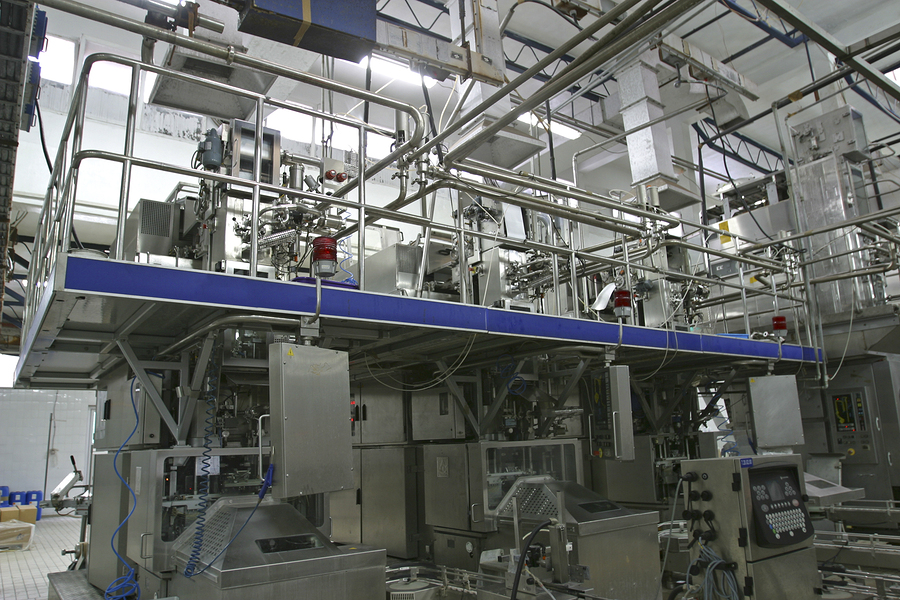By Missy Knight, marketing manager at Automation Service and Valves Depot
Valves are ubiquitous in food and beverage processing. Valve Magazine senior editor Kate Kunkel put it well when she wrote:
“Whether it’s cereal, breakfast pastries, cookies or canned peaches, everything must be either steamed, dehydrated, pulverized, pasteurized, or otherwise treated to fit into the cans, boxes and cellophane packages. For every one of those processes, valves are employed in many ways…”
Between food-contact processes and handling utilities like water and steam, a typical food plant can have upwards of 1,000 control valves installed.
Given their importance, you’d think control valves would get a lot of attention. But, the truth is they usually don’t. Control valves are frequently neglected, which can reduce productivity and lead to unnecessary expenses.
We saw this recently at Automation Service when a client reached out because they didn’t have a clear picture of what valves were installed in their plant. Since they didn’t have this information at the ready, they couldn’t align the inventory in their storeroom with their actual needs. As a result, they found themselves frequently needing to put in rush orders for new valves and valve parts to avoid extended downtime. It was causing frustration, impacting productivity, and costing the company money.
Unfortunately, this situation is far from unique. Many food facilities were built decades ago, and the technicians who were there to install and service the valves in the beginning have retired. In many cases, information about those assets was never recorded, so the institutional knowledge about their identity and location was lost when the technicians left.
Food and beverage processors face constant pressure to cut costs while also ramping up throughput. Control valves can help processors meet these goals by keeping processes up and running, ensuring consistent product quality, and boosting food safety. But valves can only do these things if they’re kept in shape through proper service and maintenance. And first you need to know where they are.
If you don’t know where your control valves are, put some time aside to do a full audit. If you don’t have anyone on site who can visually identify the valves, find a supplier to help you. It may sound simple, but it’s a big step on the road to improved productivity and profitability.
Missy Knight is the marketing manager at Automation Service, a leading supplier of remanufactured process instrumentation and control valves, and Valves Depot, an online marketplace for valves, transmitters, and controllers. Automation Service also offers value-added services such as instrument repair, calibration, remote capillary and sealed systems, application engineering support and service, and instrument and control valve recycling.
